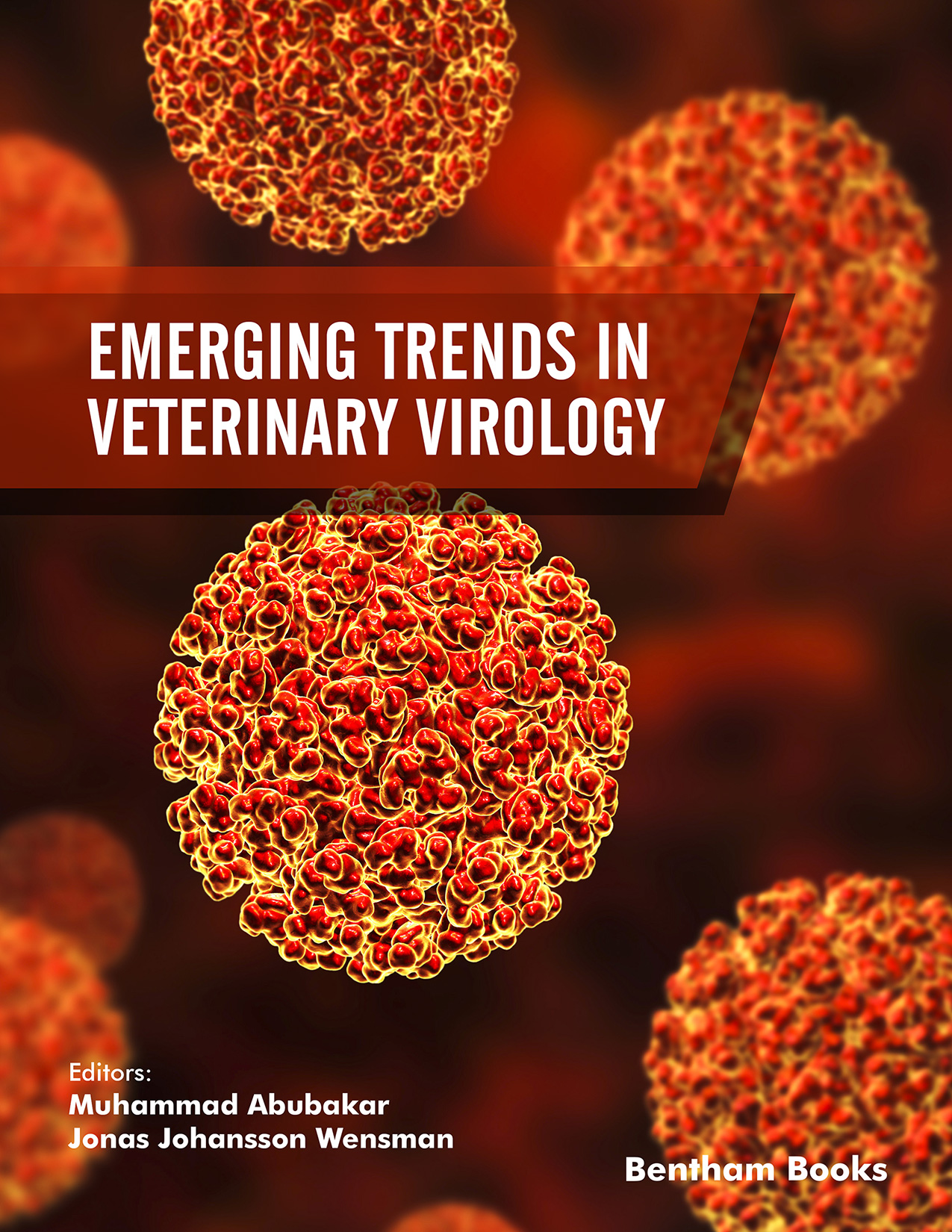Severe Acute Respiratory Syndrome (SARS)

- By Waqar Saleem1
-
View Affiliations Hide Affiliations1 Laboratory of Virology, Faculty of Veterinary Medicine, Ghent University, 9820 Merelbeke,Belgium
- Source: Emerging Trends in Veterinary Virology , pp 111-119
- Publication Date: March 2022
- Language: English
SARC-CoV belongs to the group beta-coronavirus of the family Coronaviridae, the largest RNA viruses. First emerged from China in 2003, it spread to other parts of the world in the following year. A closely related MERS-CoV was reported in 2013 with 30-90% fatality. The virus contains four structural proteins (S, E, M, and N) along with non-structural and accessory proteins involved in viral pathogenesis and virulence. The virus mainly spreads through aerosols; bats are reservoir hosts; human-human transmission is also reported. It attacks lungs’ tissue by virus-specific ACE2 receptors. Pro-inflammatory cytokines and chemokines increase during infection. Fever, pain, and dyspnea are important clinical signs, and death occurs due to acute and severe respiratory distress. Autopsy lesions resemble the HPAI H5N1 strain. RT-PCR is mainly used for accurate detection of the virus. No specific treatment or vaccine is available at this stage, but certain drugs like ribavirin have shown potential results.
-
From This Site
/content/books/9789815036961.chap10dcterms_subject,pub_keyword-contentType:Journal -contentType:Figure -contentType:Table -contentType:SupplementaryData105

